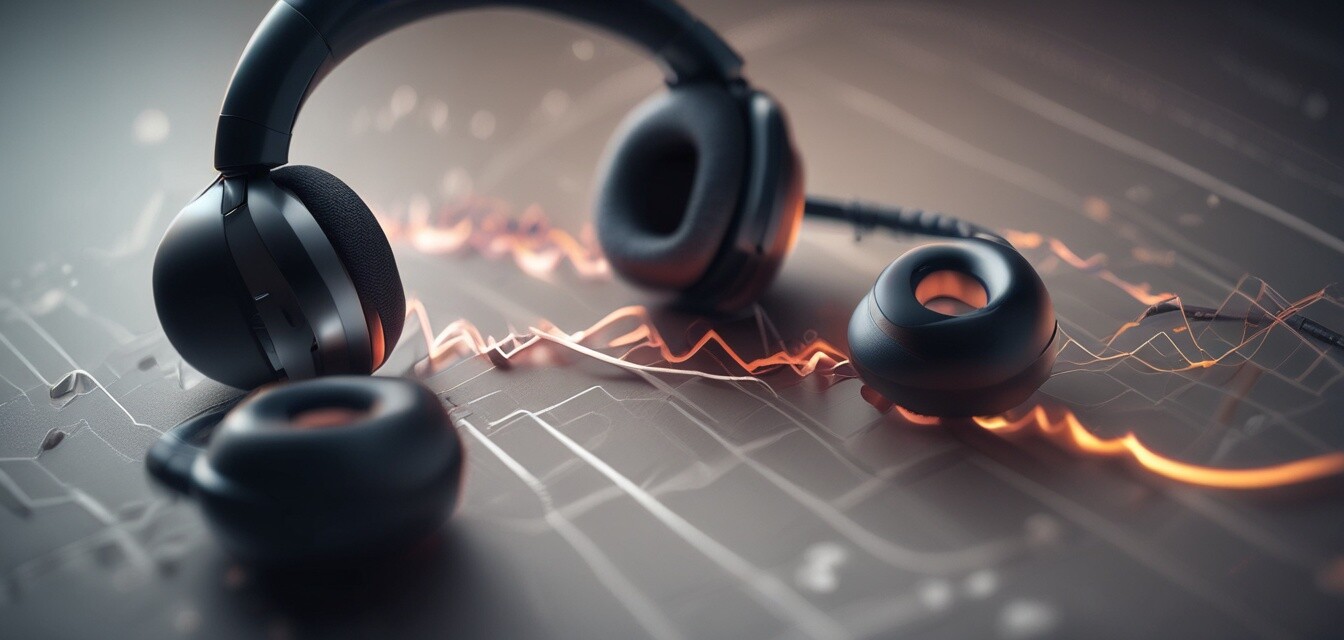
The Importance of Earbud Burn-In: Fact or Myth?
Key Takeaways
- Burn-in refers to the process where earbuds' sound quality may improve over time with usage.
- There is ongoing debate in the audiophile community about the effectiveness of burn-in.
- Understanding how your earphones function can significantly enhance your listening experience.
- Knowing how to prepare your earbuds can help you optimize their performance.
- Factors such as earbud type and materials influence the burn-in process.
For many audiophiles and music enthusiasts, the term "burn-in" evokes a plethora of discussions and debates. Some individuals claim that their headphones or earbuds display an improvement in sound quality after extensive use, while others dismiss this concept as a myth. In this article, we aim to explore the concept of earbud burn-in, examine its potential effects on audio quality, and provide insight into the factors at play.
What is Earbud Burn-In?
Earbud burn-in refers to the process that occurs when newly manufactured audio devices undergo initial usage. This phase is said to impact the physical components of the earbuds, potentially altering their sound profile. The concept is often met with skepticism, yet many users swear by the benefits they experience after putting their earbuds through this burn-in process.
Understanding the Mechanism Behind Burn-In
To comprehend the burn-in phenomenon, it’s important to consider the nature of the materials used in earbuds and how sound waves interact with them:
| Type of Component | Function | Effect During Burn-In |
|---|---|---|
| Driver | Converts electrical signals into soundwaves | May 'loosen up' over time, enhancing sound quality |
| Cables | Transmits audio signals | Could improve flexibility and reduce friction |
| Housing | Protects internal components | Changes in material properties may affect acoustics |
The Debate: Science vs. Opinion
Despite anecdotal evidence supporting burn-in, scientific studies often provide mixed results. Here are a few key points from the discourse:
- Subjective Experience: Many users report an improved quality of sound post-burn-in, often describing changes in clarity, bass response, and overall balance.
- Measurement Challenges: Measuring sound quality before and after burn-in can be challenging due to variables in user environment and perception.
- Physical Properties: The physical nature of earbud components can lead to changes that affect sound delivery over time.
How Long Should You Burn-In Your Earbuds?
There is no universal agreement on how long to burn-in earbuds, but general guidelines suggest:
- Usually, a period ranging from 20 to 100 hours is commonly recommended.
- Listening to a variety of music genres can accelerate the process.
- Ensuring varied frequencies can help stimulate the drivers more effectively.
Tips for Effective Earbud Burn-In
Beginner's Tips
- Play a mix of music that spans different genres and frequencies.
- Use a playlist that includes tracks with steady beats as well as more complex arrangements.
- Consider using a burn-in track specifically designed to assist with this process.
- Keep the volume at a reasonable level to avoid damaging the drivers.
Other Factors Influencing Sound Quality
While burn-in can play a role, other factors heavily influence sound quality:
- Audio Source: The quality of your audio files and streaming service can affect playback quality.
- Noise Isolation: Effective isolation contributes significantly to how sound is perceived.
- Fit and Comfort: Ensures that sound is optimally delivered to your ears.
Conclusion
In conclusion, the concept of earbud burn-in merits consideration within the audiophile community. While it is often debated, many users enjoy the subjective improvement in sound quality following the burn-in period. Ultimately, understanding the mechanisms at play can empower you as a consumer to make informed choices regarding your audio equipment. For those keen on optimizing their listening experience, it’s crucial to explore various factors, including proper burn-in practices and types of earbuds. If you're interested in learning more about choosing the right type of headphones, check out our Headphone Buying Guides.
Pros
- Potential for improved sound quality
- Enhanced listening experience with longer use
- May help fine-tune audio characteristics over time
Cons
- Subjective experience, not scientifically proven
- Time-consuming process without guaranteed results
- Possible variance based on individual earbud types